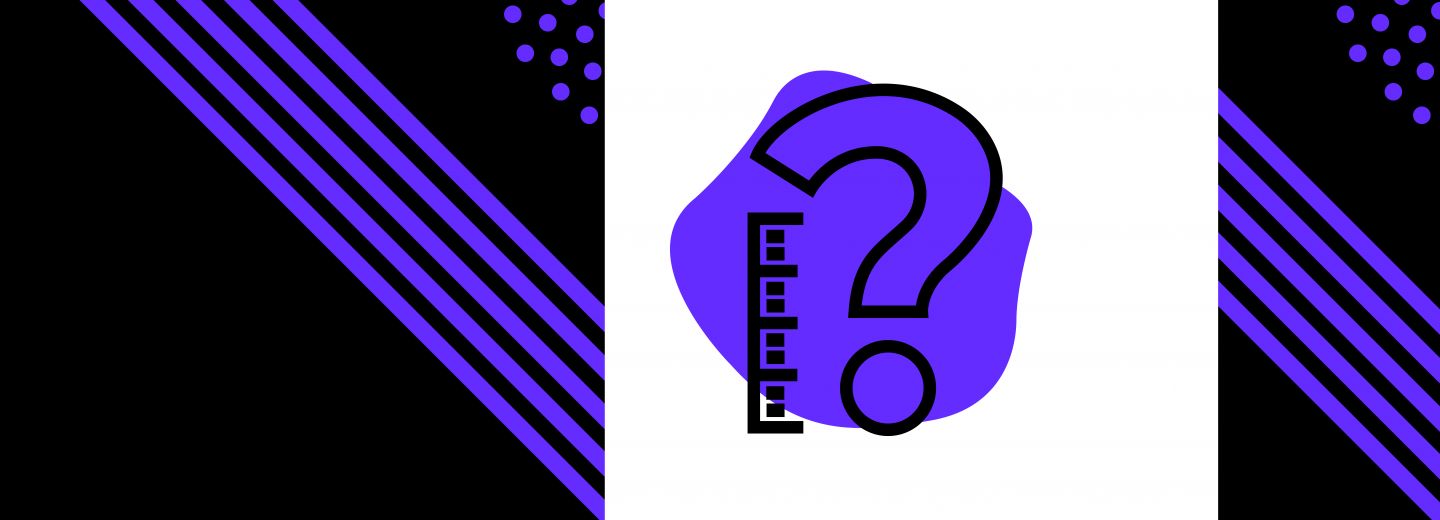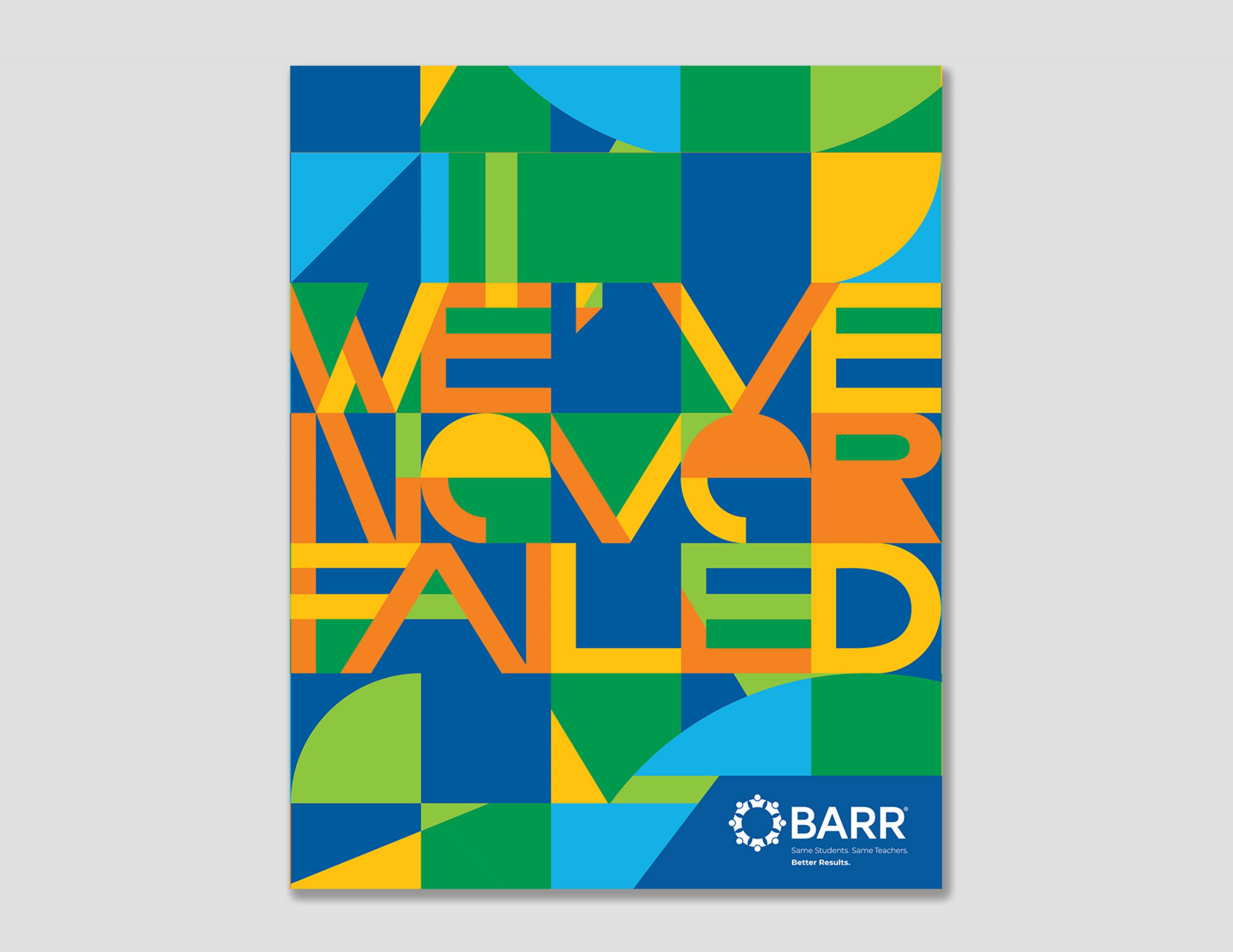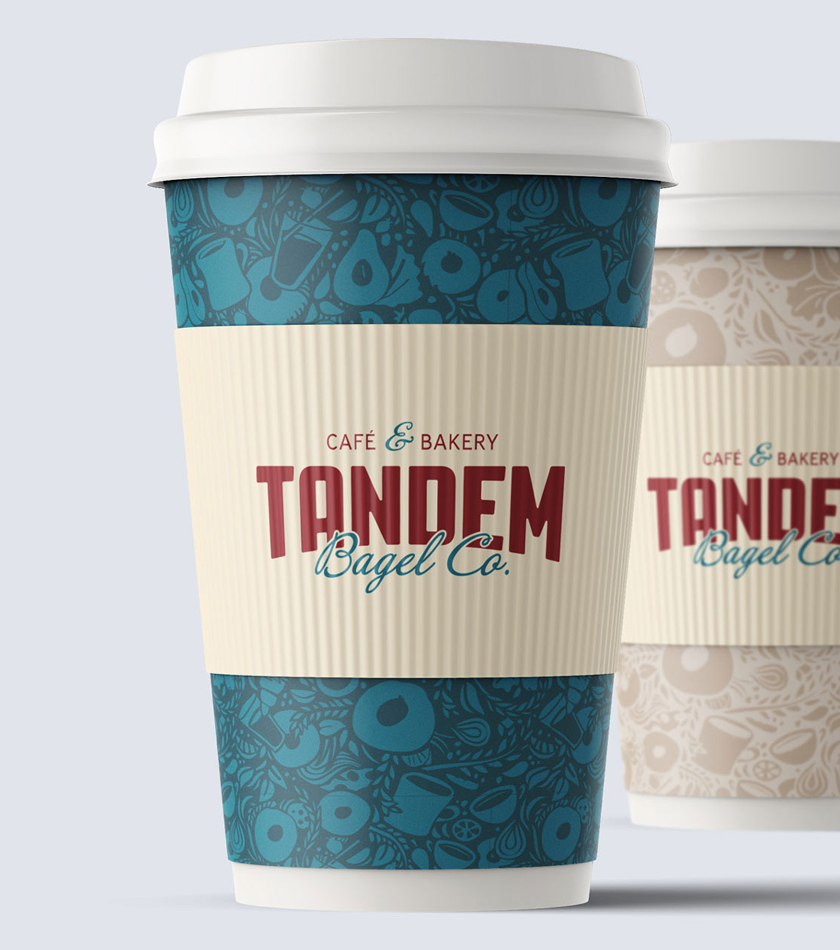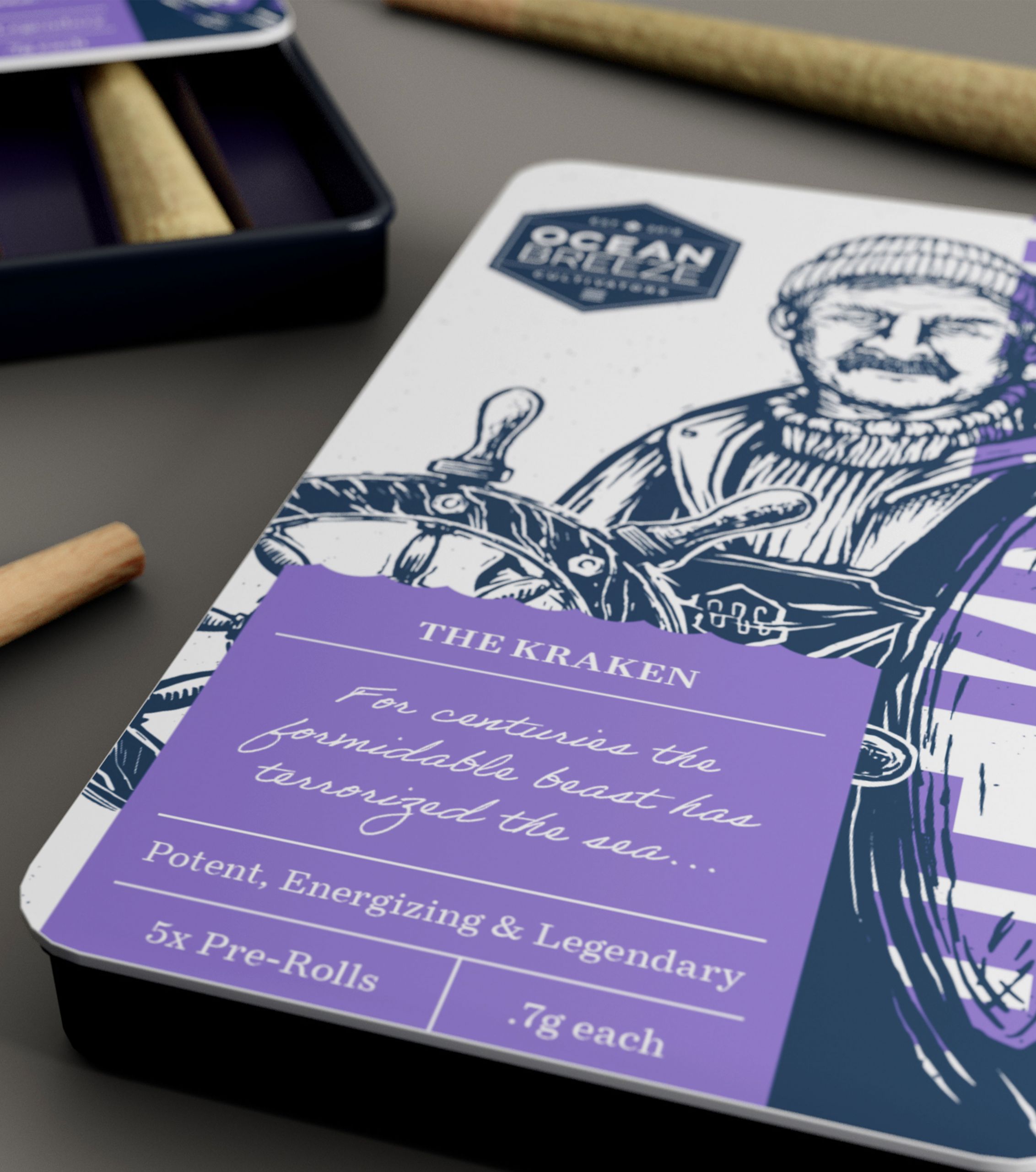Packaging Design FAQ

Production Questions
What is a dieline?
A dieline is the outline of a package if it were completely disassembled and laid flat. Dielines look this way because packaging is often printed completely flat and then assembled later.
For example, a dieline for a shoebox looks like a flat sheet with outlines of big rectangles attached to smaller, more narrow rectangles – this is what the flat shoebox material looks like when it goes through the printer. Once printed, these flat rectangle shapes are folded up and glued together to make a 3D shoebox.
Do you need a dieline to begin to design a package?
No, you do not need a dieline at the beginning of a packaging design project – it can and often does come later. If working without a dieline, knowing your general format (box, bottle, tetrapak) and providing general dimensions, materials, and goals will help your design partner create the best solution and generate mockups. The benefit of having a dieline at kickoff is it will save time and money down the road on production updates to art.
Where do you get a dieline?
Your final dieline dieline will come directly from your physical packaging producers – such as a printer, glassmaker, or material vendor. A design firm like Brigade is also able to provide general dielines to production partners and work with them to get the final product right.
Do simple packaging designs or labels really need a dieline?
Yes, even for simple package designs dielines are essential because they ensure that the artwork on your packaging is laid out correctly and looks the way you want when it’s finally assembled. This helps designers and producers work together to anticipate where to cut edges, put glue, or fold and bend materials without accidentally disrupting the artwork.
How do you get a UPC number?
You will need to purchase and register a Company Prefix and Item Number using the GS1 Standards system to attain a UPC number that works properly at US retail.
How do you create a UPC barcode?
While most packaging firms like Brigade will be able to create this for you, there are also many tools online that generate working barcodes. While you may not need paid tools to create barcodes, some free solutions only output barcodes as PNG or JPG files which are not high quality enough for printed packaging. For best results, you’ll want to export a barcode that’s a vector file (such as EPS).
Does a UPC barcode need to be black and white?
No, though black and white barcodes are the most common UPC barcodes used at retail there are a variety of colors, designs, and production applications that can work. That said, there are strict requirements that all barcodes must follow to properly scan at retail using infrared scanners (these rules are called GS1 Standards). Brigade is well versed in these requirements and can work with your printing partner to verify that UPC barcodes print and scan correctly before approving production.
Do you need to have a packaging vendor before designing packaging?
No. While you should know what general format you’re looking for (bottle, box, tube, can) a packaging firm like Brigade will be able to work with you to select a good production vendor based on your budget and goals.
The advantage of knowing your packaging partner–or production method–before you create the design of your product is that it enables the design team to refine their designs within production limitations. Some packaging formats (such as TetraPak or ink-on-glass) have very specific production requirements that your design team will know to solve early-on so you don’t fall in love with a design that is not compatible with your production vendor.
Everyone says colors look different on-screen vs on a printed package. Why?
Colors look brighter and more vibrant on-screen because screens tweak colors and use LED backlights to make the image as clear and bright as possible. When it comes to printed packaging, there is no LED behind the inks to make them brighter or more clear.
Aside from on-screen differences, a huge variety of factors go into what the final color looks like in print packaging – from simple things like the type of ink or printer you use, to more advanced considerations such as certified food-safe inks or biodegradable substrates. Whoever you partner with to design your packaging, you must feel confident that they have real-world experience that you can use to bring your vision to life.


